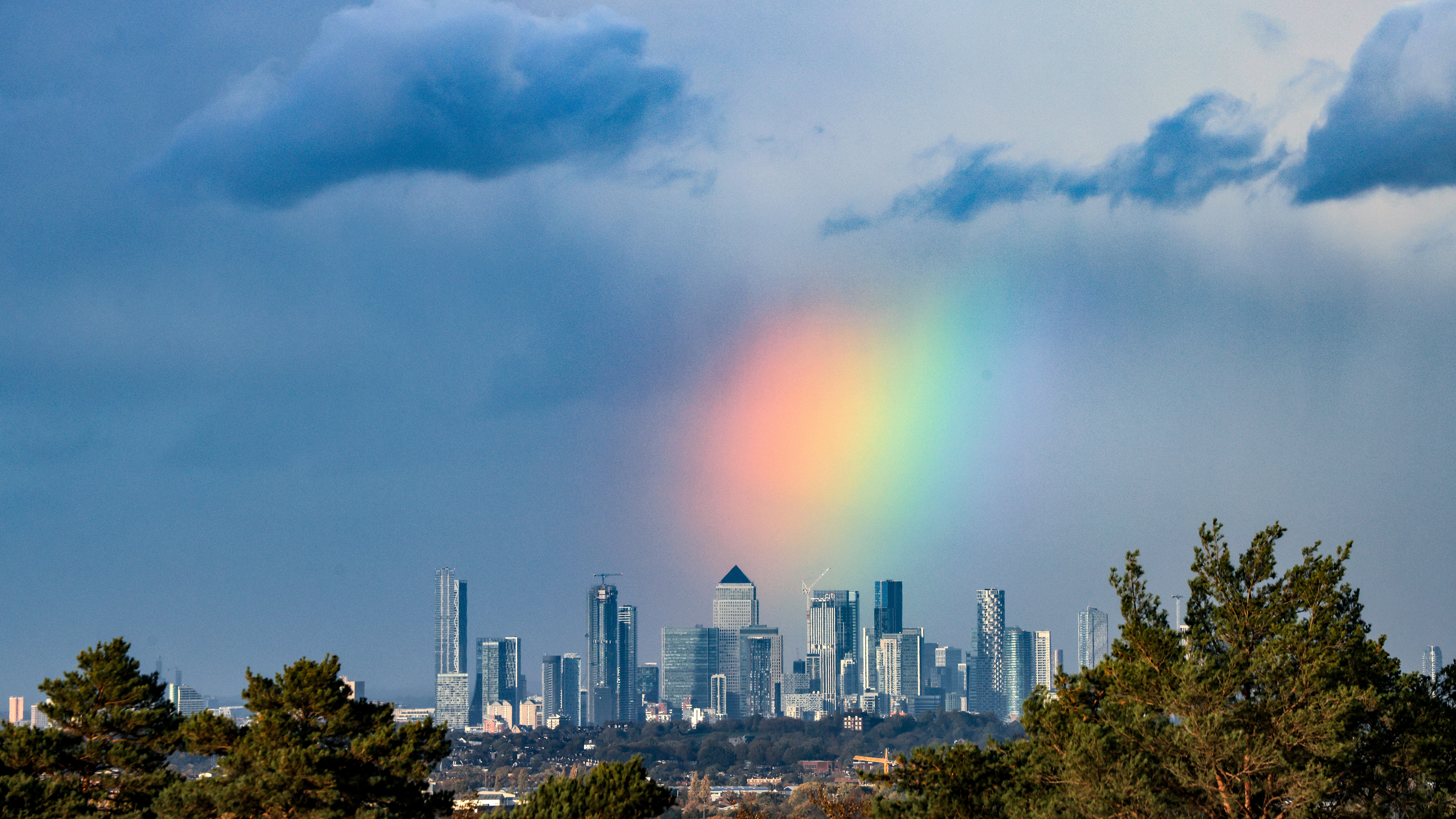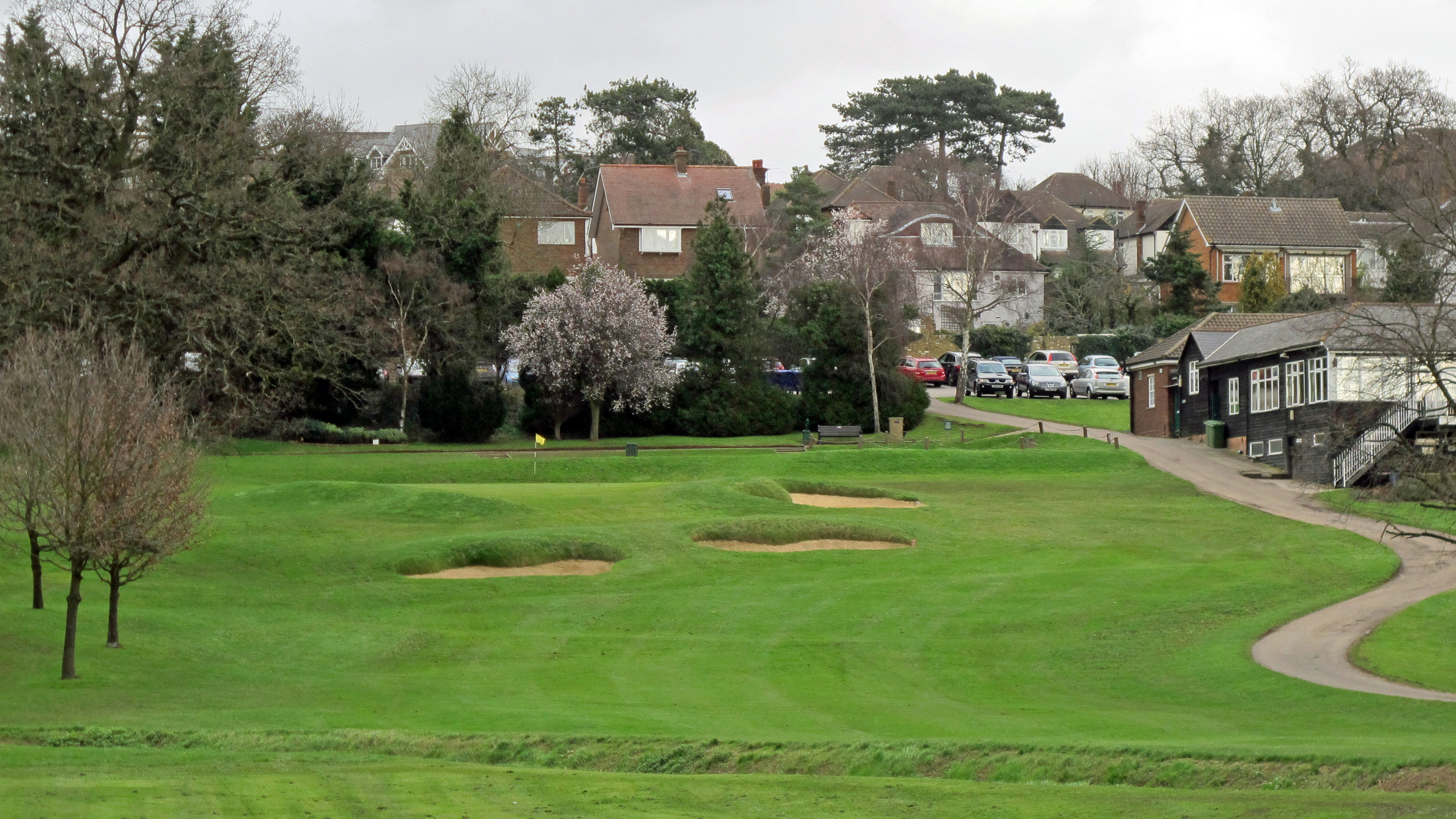No – Building Houses On Britain’s Golf Courses Does Not Make Sense
A recent Guardian article suggested more of London’s golf courses could be used for housing. Fergus Bisset believes we need to look at the other side of the argument.


I was disappointed and frustrated to read an article in the Guardian earlier this week suggesting that golf courses in London could be given over to housing. Golf continues to be a “whipping boy” for the national press – It’s far easier and juicier to have a bash at something without considering its positive attributes. Golf has numerous positive attributes, but the enticing possibility of winning more angry “clicks” by inaccurately labelling the sport as exclusive and backwards seems to be more appealing.
I would, for once, like to see an article in the national press that extolled the virtues of golf, highlighted the efforts the sport has made, and laid out the reasons why golf courses should remain intact for the good of society and the communities in which they sit.
Golf courses and facilities are social hubs, one of the few meeting places left available to residents. They offer the opportunity for local people to gain physical and mental exercise. They are crucial green corridors in urban areas, they provide employment, entertainment, a focus. I would argue that golf courses are vital to the healthy infrastructure of British urban areas.
Speculative Plans For Enfield GC

The 18th at Enfield
For background - The story in the Guardian describes how Shoreditch-based “Social Value Architecture” firm RCKa realised that London’s 95 golf courses cover a decent bit of ground, and that 40% of those courses are owned by London Boroughs (a pretty cool fact for golf lovers.) RCKa are broadly saying though, “Hang on – there’s a housing requirement and there’s all this land. Why should we have golf courses when we could do some more building?” They have developed a philosophy called “Holes to Homes” as a result. It basically, unsurprisingly, involves turning golf courses over to housing.
The example they focus on is Enfield Golf Club in Middlesex. RCKa has produced speculative plans for converting nine holes of the course into a residential area of low to mid-rise villa blocks delivering 650 homes, plus cycle routes, allotments, wetlands, health centre and gym. Sounds expensive, doesn’t it?
RCKa is clearly an ambitious and well-meaning firm. But, of course, they want to get work, showcase their work and pay their employees. Reading their literature, they make strong arguments for their urban utopia, but their plans are, as mentioned, speculative and I don’t think the national press should jump on those speculative plans without giving weight to both sides of the argument. I’d like to give golf’s side. To start, I’d like to challenge a few points within the Guardian piece.
Misconceptions and Omissions

Golf is not just for old men
There’s a misconception that golf is elitist and only accessible to a very few. It’s true that Enfield Golf Club’s full annual membership is £1,610, as the Guardian rightly says. That does seem quite expensive… Although a full season ticket to see Arsenal goes up to £1,895 for good seats. Just as Arsenal offers options, so does Enfield GC. There are rates for juniors, reduced rates for young people up until the age of 36, there are joint memberships, five-day memberships. There’s also a “Get into Golf” membership option. Golf is not just for old men.
Get the Golf Monthly Newsletter
Subscribe to the Golf Monthly newsletter to stay up to date with all the latest tour news, equipment news, reviews, head-to-heads and buyer’s guides from our team of experienced experts.
As a Community Amateur Sports Club, Enfield offers a significantly discounted membership rate of £520 a year for those on a low income. Conveniently, none of these fees or rates which promote inclusivity were pointed out.
Enfield also offers social membership, and this is an important one for many older and less able members of the local community. They can enjoy the facilities in the clubhouse, the functions, the restaurant and the bar, they can book the place for birthdays or other get-togethers. As mentioned previously, the golf club generally is one of the few community hubs that remain available. It should be noted that Enfield Golf Club has existed since 1893 – They are clearly doing something right!
The Guardian suggests that a maximum of 144 golfers can tee off per day in peak summer, as a golf course can only hold 72 golfers at a time. That total is calculated using some dubious maths and displays a misunderstanding of how golf works. In fact, if tee off times are between 7am and 7pm, with a fourball starting every 10 minutes, that’s actually 288 golfers in a day.
Golf is not struggling. Golf clubs are not ailing. The most recent research by The R&A shows that 5.6 million adults in Great Britain and Ireland are playing on-course golf… That’s nearly a tenth of the population. It’s up from 3.7 million in 2019. People might choose to play itinerant golf, paying green fees and visiting different clubs, but they are playing golf on golf courses in far greater numbers than pre pandemic.
Golf Is Good For You

The reasons for that are many – Golf is a hugely sociable sport, one that can be enjoyed by players of all ages. It’s physically and mentally beneficial to boot, it offers great competition and camaraderie – As The R&A’s recent campaign says – “Golf is Good For You.”
Relatively few golfers want to play nine-hole courses. Yes, the time taken up by golf can be an issue and a minority prefer to just play nine. But, if you want to play the game seriously, you want to play 18. Suggesting it makes golf more fun to play a shortened course is only correct in a few instances. Someone who knew golf would recognise that.
Golf is good for the economy – It’s big business. Golf clubs and courses generate employment as do the bodies that train those employees, as do the organisations that govern and run the game, as do the companies that produce the golfing equipment… Remember that figure of 5.6 million above? Those people spend money on golf!
Golf has a hugely unfair reputation as being bad for the environment. The sport places a significant emphasis on sustainability and takes a massive responsibility for being custodians of the green spaces it covers. Clubs and facilities strive to foster nature and biodiversity. In urban areas, golf courses are much needed “green corridors” for wildlife – Look at a Google Earth image of London and surrounds, many of the only visible green spaces in certain areas are golf courses. Should those be reduced and given over to housing?
Golf shouldn’t have a reputation as an elitist rich man’s pastime because that’s not what it is. Out of the thousands of courses in the UK and Ireland, only a tiny handful are totally private. The vast majority are inclusive and welcoming, and they are essential hubs within the communities in which they sit. But, if the press continues to portray golf as something stuffy and old-fashioned, that stigma will live on and be embraced by those who don’t know or understand the sport. Golf courses should be celebrated and cherished as sporting, social and sustainable spaces so they are not churned up and covered by blocks of flats. That would be a naïve and backward approach.

Fergus is Golf Monthly's resident expert on the history of the game and has written extensively on that subject. He has also worked with Golf Monthly to produce a podcast series. Called 18 Majors: The Golf History Show it offers new and in-depth perspectives on some of the most important moments in golf's long history. You can find all the details about it here.
He is a golf obsessive and 1-handicapper. Growing up in the North East of Scotland, golf runs through his veins and his passion for the sport was bolstered during his time at St Andrews university studying history. He went on to earn a post graduate diploma from the London School of Journalism. Fergus has worked for Golf Monthly since 2004 and has written two books on the game; "Great Golf Debates" together with Jezz Ellwood of Golf Monthly and the history section of "The Ultimate Golf Book" together with Neil Tappin , also of Golf Monthly.
Fergus once shanked a ball from just over Granny Clark's Wynd on the 18th of the Old Course that struck the St Andrews Golf Club and rebounded into the Valley of Sin, from where he saved par. Who says there's no golfing god?
-
 Chevron Championship Tee Times: Rounds One And Two
Chevron Championship Tee Times: Rounds One And TwoA look at when the players are teeing it up in the opening two rounds of the Chevron Championship - the first women's Major of the year
By Mike Hall
-
 Charley Hull Social Media Video Reveals Brutal Weather Conditions Ahead Of Chevron Championship
Charley Hull Social Media Video Reveals Brutal Weather Conditions Ahead Of Chevron ChampionshipCharley Hull has added a video to her Instagram stories showing strong wind and heavy rain in Texas ahead of the first women's Major of the year
By Mike Hall